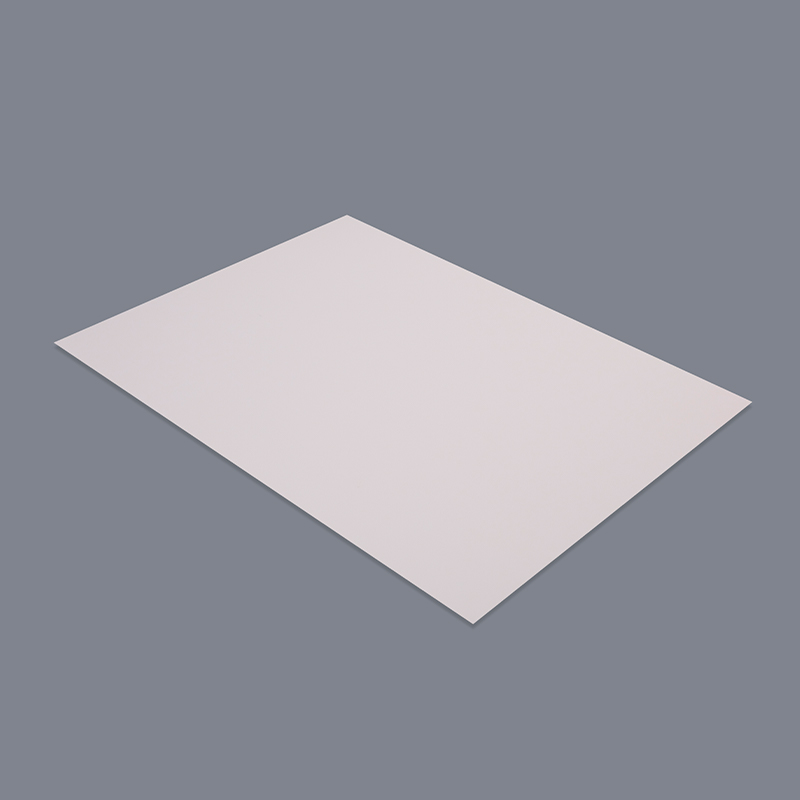In the world of modern design and packaging, holographic film has become a revolutionary material that is capturing the attention of both consumers and manufacturers. But what exactly is it about holographic film that makes it such a game-changer in various industries? How does this unique material, with its iridescent and shifting colors, enhance the appeal of products, and what role does it play in shaping the future of packaging, marketing, and product design?
Holographic film, known for its ability to display dynamic, multi-colored patterns that change with the angle of light, has transformed the way products are packaged and presented to the public. But what makes this film so distinct from traditional materials? Unlike simple glossy or matte finishes, holographic film can create a vibrant, eye-catching effect that seems to move and shift depending on the viewer's perspective. This optical illusion is the result of microscopic patterns embedded within the film’s surface, which reflect light in a way that creates the illusion of depth and movement. The ability to produce this striking effect has made holographic film particularly popular in industries where visual impact and consumer engagement are paramount.
One of the primary industries that has embraced holographic film is packaging. How does this material enhance the overall look of packaging, and why has it become a favored choice among brands looking to stand out on crowded store shelves? The answer lies in the film’s unique visual properties. Holographic films can make packaging more dynamic, giving it a premium or futuristic feel that draws the eye and grabs attention. Products with holographic packaging often appear more luxurious or exclusive, which can influence consumer perception and enhance brand value. From cosmetics to beverages, holographic packaging is becoming a hallmark of high-end, trendy products. But does the use of holographic film simply serve an aesthetic purpose, or does it offer functional benefits as well?
Beyond its eye-catching design, holographic film also serves as a practical tool in packaging. The durability of the material provides added protection for the product inside, shielding it from scratches and environmental factors. Additionally, holographic films can incorporate security features, such as holographic seals, that help deter counterfeiting, making them an ideal choice for luxury and pharmaceutical products. The added security and protective benefits ensure that holographic film is not just about looks, but also about safeguarding the integrity of the product.
So, what about its use in other sectors beyond packaging? How does holographic film impact advertising and product design? In marketing, where visual appeal plays a crucial role in attracting attention, holographic film provides a distinctive way to create memorable experiences for consumers. Whether used in promotional materials, posters, or billboards, the ability of holographic film to catch and reflect light in unique ways makes it an attention-grabbing medium. Consumers are naturally drawn to materials that exhibit movement or change, and holographic film taps into this instinct by offering a dynamic visual experience.
In product design, especially for fashion, accessories, and electronics, the potential of holographic materials is limitless. Items such as bags, shoes, phone cases, and laptop covers often incorporate holographic film to create a futuristic, trendy appearance. The holographic effect can transform simple products into eye-catching pieces, making them highly desirable for fashion-forward consumers. This trend has gained popularity among younger, style-conscious demographics, who associate holographic aesthetics with innovation, creativity, and individuality.
The growing use of holographic film also raises questions about its sustainability. As the demand for holographic film increases, how are manufacturers addressing the environmental impact of this material? Many holographic films are made from plastic-based substrates, which can raise concerns about their recyclability and ecological footprint. In response, some manufacturers have begun to develop eco-friendly alternatives to traditional holographic films. These sustainable options use biodegradable materials or are designed to be more easily recyclable, reducing the environmental impact while maintaining the striking visual effects. Can these innovations lead to a more sustainable future for holographic film, or are the challenges too great to overcome?

Holographic film’s appeal is not limited to its visual and functional advantages; its role in the overall branding and marketing strategies of businesses cannot be overstated. How does the use of holographic materials influence consumer behavior, and why do brands continue to incorporate them into their marketing strategies? Studies show that consumers are more likely to engage with products that feature unique or visually stimulating designs. The holographic effect not only attracts attention but also evokes a sense of novelty and excitement, leading to increased consumer interest and potential sales. In competitive markets, where differentiation is key, brands that use holographic packaging or promotional materials are likely to stand out and create a stronger connection with their target audience.
Finally, what does the future hold for holographic film? As technology continues to advance, the potential applications of holographic film seem limitless. We are already seeing innovations in interactive and augmented reality experiences, where holographic films are used to create immersive environments or product displays that change in real-time. From holographic projections at events to cutting-edge packaging designs, the material’s versatility and ability to create visually stunning effects ensure that its presence in the market will only grow.
Holographic film is far more than just a visually appealing material; it has become a powerful tool in the realms of packaging, marketing, and product design. Its ability to captivate attention with dynamic color shifts, its added functional benefits, and its role in creating a sense of luxury and exclusivity have made it a sought-after material across various industries. As sustainability concerns continue to rise, the development of eco-friendly holographic alternatives will play a crucial role in determining the future of this material. With continued technological advancements and creative applications, holographic film is poised to remain at the forefront of design and innovation for years to come.

 English
English Español
Español русский
русский Français
Français عربى
عربى











